This piece in Chinese recommends some basic sartorial rules for locals to follow during the Olympics this year.
“讲究æœè£…穿戴并ä¸ä¸€å®šå°±æ˜¯ç©¿å牌æœè£…,它的基本原则是:颜色和è°ã€çŽ¯å¢ƒå’Œè°ã€è‡ªèº«æ¡ä»¶å’Œè°ã€æ—¶èŠ‚å’Œè°ã€ä¸Žä¸»äººçš„è¦æ±‚å’Œè°ã€‚”
This sound argument ranks projecting tidiness above wearing expensive brand names.
Some highlights (I will offer loose translations, as I am not a professional):
“两扣的åªæ‰£ä¸Šé¢çš„,三扣的åªæ‰£ç¬¬1ã€2个或ä¸é—´1个”
Men are advised to button only the top button when wearing a two button suit coat and the two top buttons or the middle one when wearing a three button coat. I’m glad they put this advice in here because countless Beijing men make the mistake of buttoning all of the buttons on their suit coat. This, however, is not nearly so atrocious or perplexing a violation of sartorial rules as buttoning only the bottom button of a three button jacket, also frequently observed here. One of my colleagues wears a four button black polyester suit and usually buttons only the bottom button. Of course, if you’ve already decided to wear this type of suit, you might as well just spit on any rules or aesthetics, for that matter.
“慎穿毛衫ã€å·§é…内衣”
Men should be cautious when wearing sweaters – this means with suits – and carefully select appropriate underwear. Businessmen here adore the sweater with suit look, for which foreigners mock them. To the second recommendation, I might add that Beijingers of both sexes should strive to keep their thermal underwear from being revealed either at the ankle, waist, or cuff. Of course, the Olympics is in summer so this won’t be a risk.
Turning to the women:
“所é…披肩ã€æ‰‹æ包ã€çš®éž‹çš„颜色è¦åŒè¡£æœå’Œè£™å颜色å调。忌ç€é»‘色å‘亮的皮çŸè£™ã€‚”
Focusing on leather, Women are advised to ensure that their bags and shoes match in color and go well with the color of their garments. Short and shiny black leather dresses are, rightly, repudiated.
Most of this advice is quite solid and these basic guidelines need to be made known. However, in my opinion, mismatching is not the worst sartorial crime being committed in Beijing. To really improve the city’s image, they might add that most women should steer clear of animal prints, too many metallic objects such as chains and buckles attached to clothing and accessories, an abundance of glitter and lace, and nonsensical English. Granted, these violations are slowly becoming less frequent.
On a more conceptual level, Stylites would like to make the following, somewhat naughty, recommendation:
å°½é‡ä¸è¦ç©¿å¾—åƒå°å§æš´å‘户,或者民工
People should do their best to avoid dressing like a trollop, arriviste, or migrant laborer.
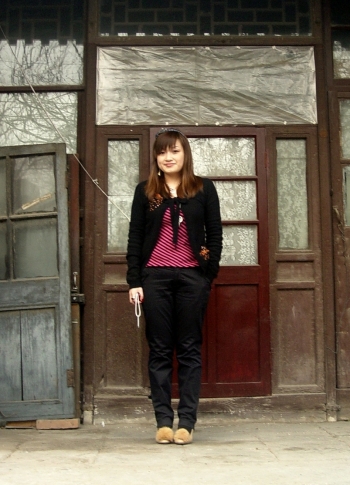
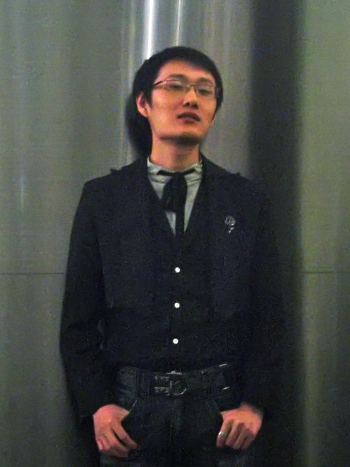
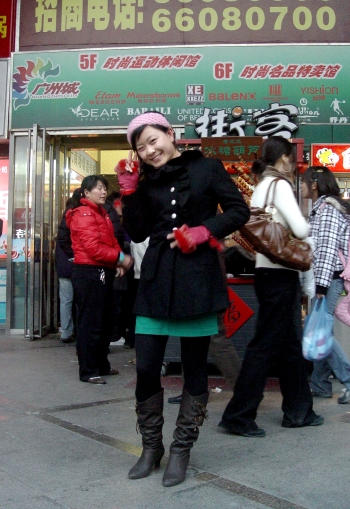
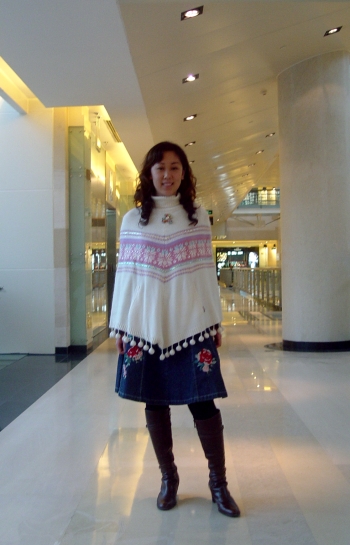
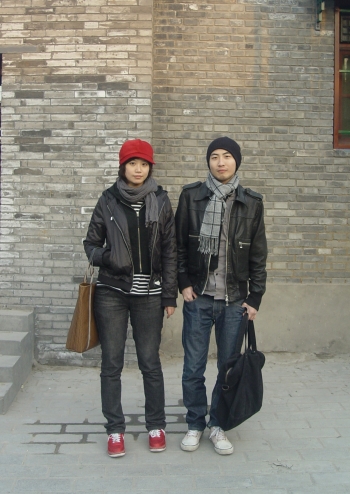
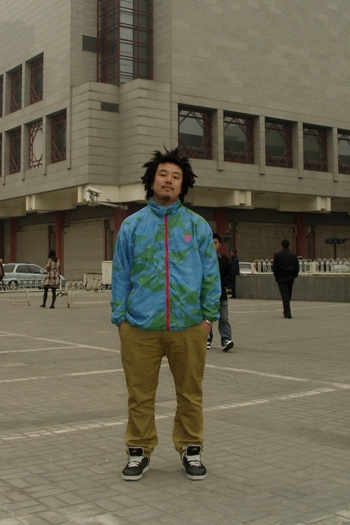
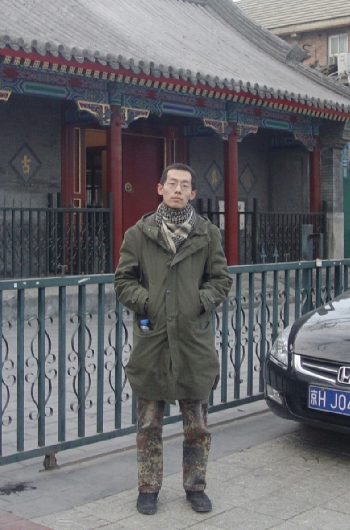
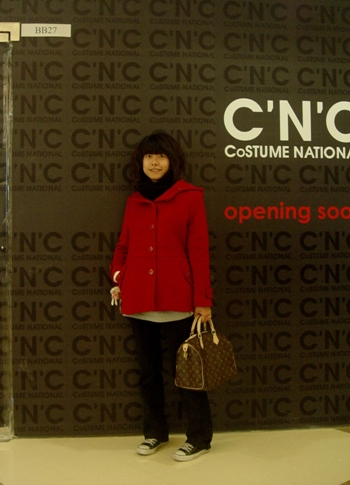
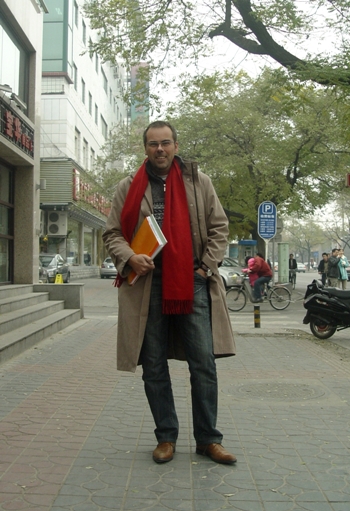
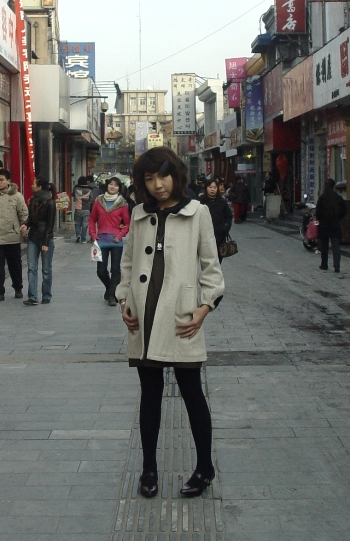
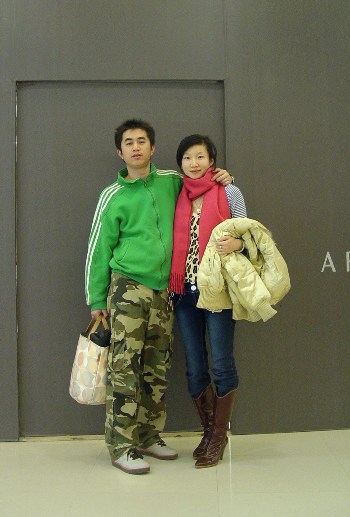 In “creative work†and tourism respectively, Mr. Yu and Ms. Sun refuse to wear Chinese brands before they turn 30, explaining that local desingers have not been able to capture how to design stylish clothes suited for young people. For this, they must rely on foreign brands. They prefer include Adidas, Mango and
In “creative work†and tourism respectively, Mr. Yu and Ms. Sun refuse to wear Chinese brands before they turn 30, explaining that local desingers have not been able to capture how to design stylish clothes suited for young people. For this, they must rely on foreign brands. They prefer include Adidas, Mango and